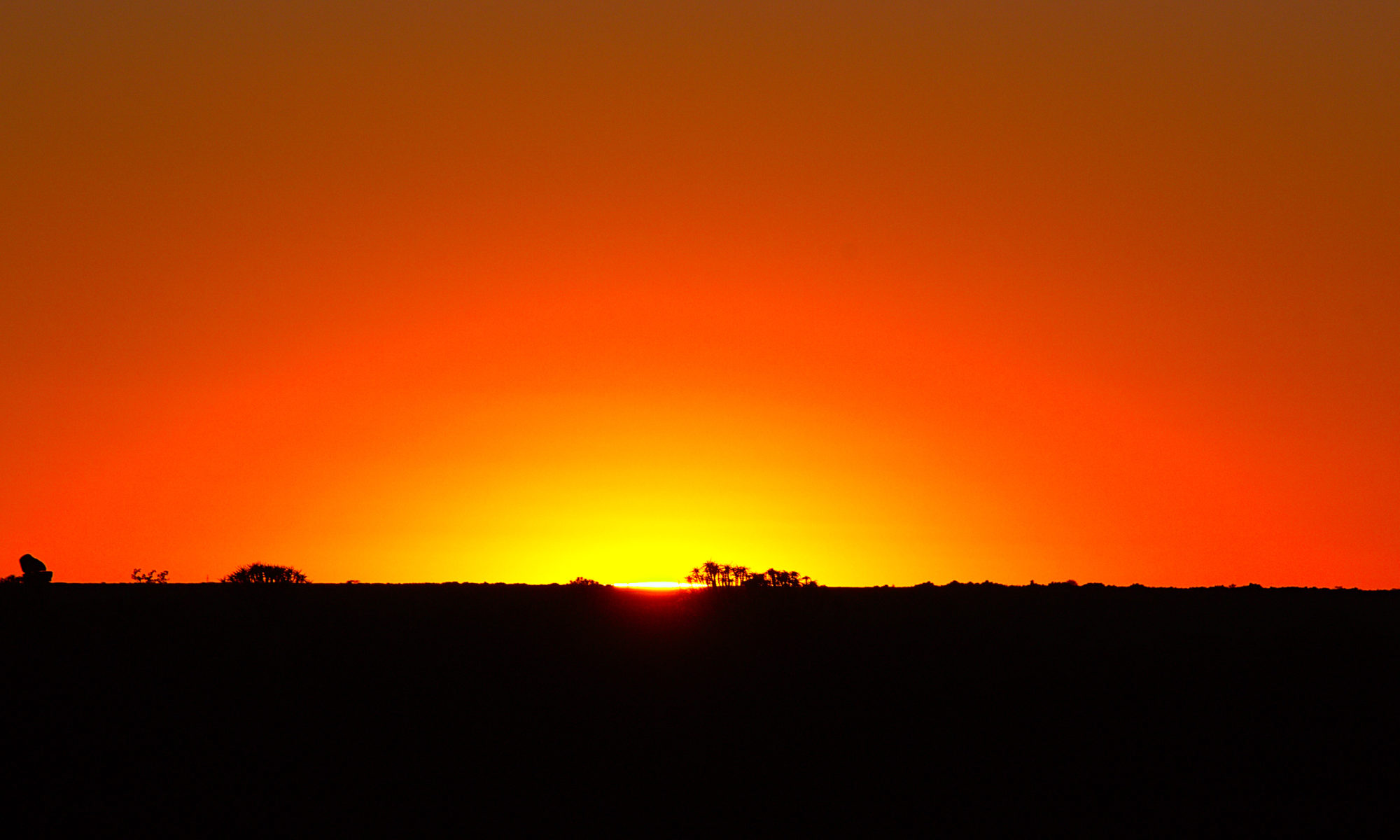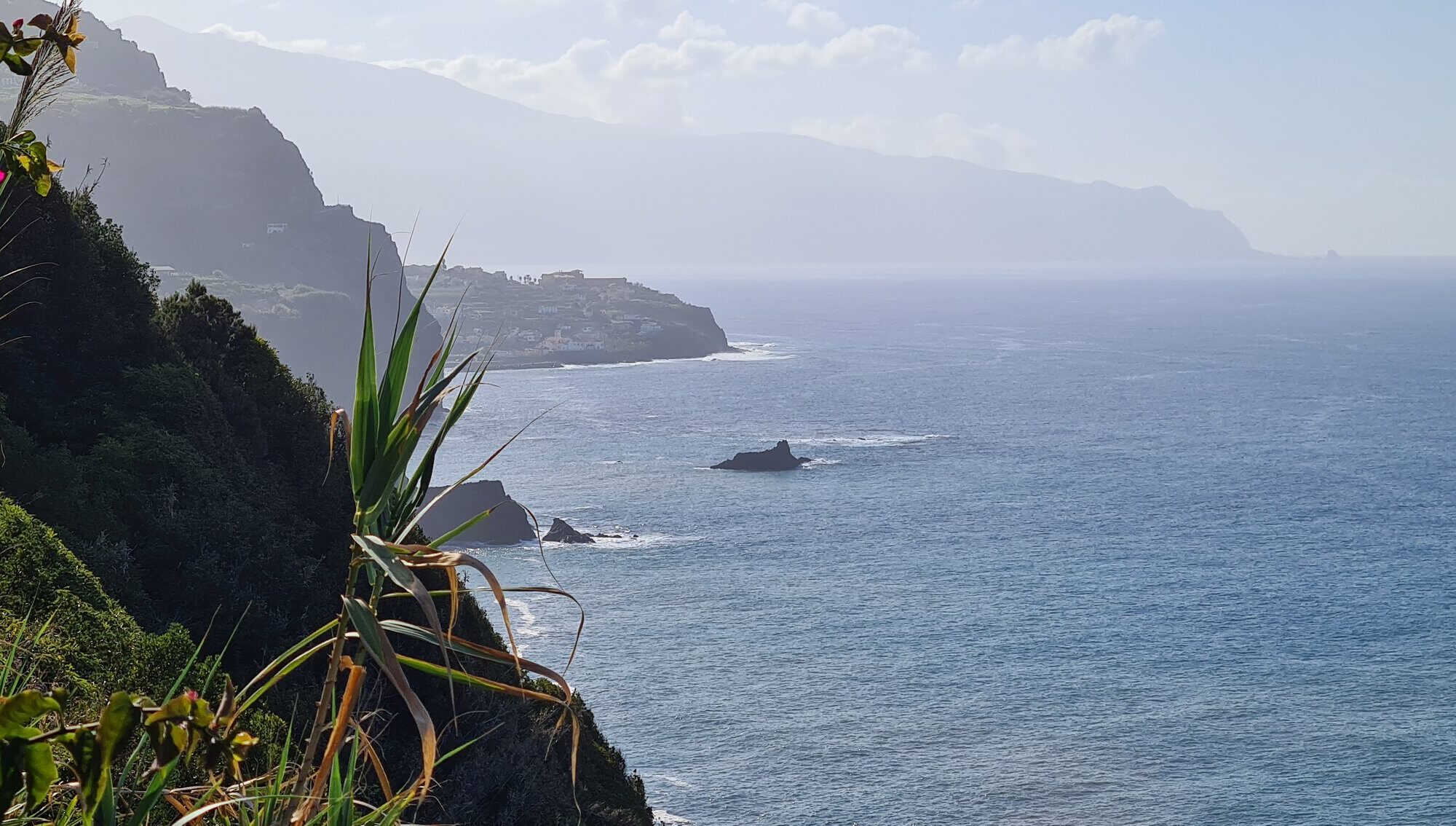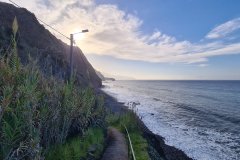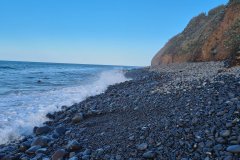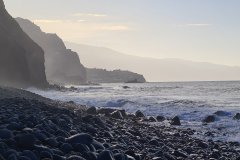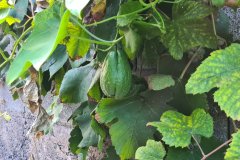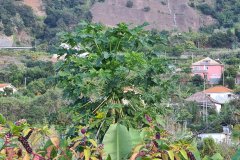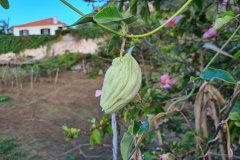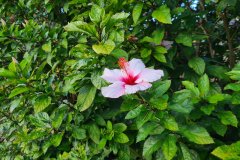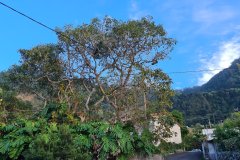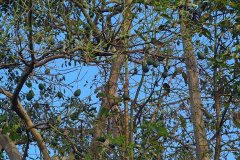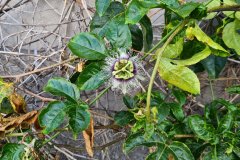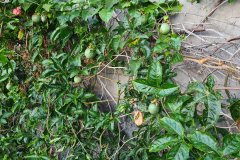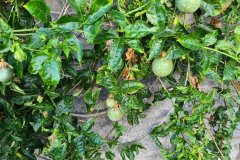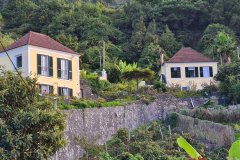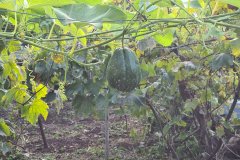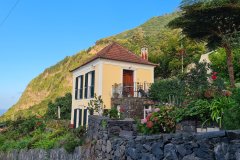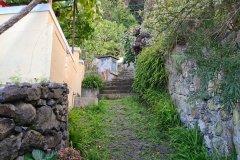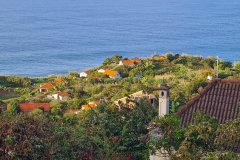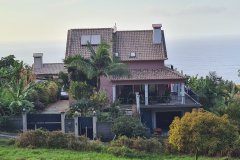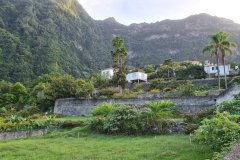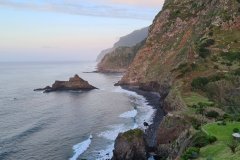Arco de São Jorge: A Quiet Jewel on Madeira’s Wild North Coast
Tucked between mountains and sea on Madeira’s dramatic north coast lies Arco de São Jorge — a village that feels both suspended in time and anchored in nature. With its terraced vineyards, flower gardens, laurel forests, and sweeping ocean views, Arco is one of Madeira’s best-kept secrets — a tranquil hamlet that offers deep serenity for travellers who venture beyond the main roads.
Far from the busier resort areas of the south, this part of Madeira moves to a gentler rhythm. In Arco de São Jorge, nature reigns, hospitality is heartfelt, and every view feels like a painting — framed by cliffs, clouds, and crashing Atlantic waves.
A Village Steeped in History and Tradition
Arco de São Jorge belongs to the municipality of Santana, a region long known for its traditional triangular thatched-roof houses and close ties to the land. The name „Arco“ refers to the natural arch-shaped valley formed by steep green slopes descending to the sea — a fitting name for a place carved by both geology and generations.
Historically, this area thrived on agriculture, especially vineyards, sugarcane, and banana plantations, with narrow terraces cut into the hillsides to catch sun and rain. Many of these traditions endure, with small-scale farmers still tending vines and gardens by hand.
Life here follows the seasons — grape harvests in late summer, flower blooms in spring, and peaceful winters softened by Madeira’s mild, subtropical climate. The village church, dedicated to Saint George, reflects centuries of religious and cultural identity woven into daily life.
What to See and Do in Arco de São Jorge
Quinta do Arco Rose Garden
One of the village’s unexpected delights is the Quinta do Arco Rosarium — a spectacular garden containing over 1,700 species of roses, many of them rare or historically significant. Once owned by a former president of Madeira, the garden is now open to the public during the blooming season (usually April to December), offering a fragrant and colourful escape surrounded by lush green mountains.
Levada Walks and Laurel Forests
Arco de São Jorge sits near several levadas — Madeira’s famous irrigation channels — which double as footpaths through forests, cliffs, and valleys. Some of the most beautiful walks in this region include:
- Levada do Caldeirão Verde (accessible from nearby Santana): This magical trail winds through the Laurisilva, a UNESCO-listed laurel forest filled with moss, ferns, waterfalls, and tunnels carved into the rock.
- Caminho Real da Encumeada: A historic cobbled path offering panoramic views of the coast and forested slopes.
These trails are among the best ways to experience Madeira’s unique ecology — from endemic birdlife to ancient trees — in a setting of pure tranquility.
Views and Clifftop Roads
The roads around Arco de São Jorge are not for the faint of heart, but they offer some of the most breathtaking scenery on the island. The route between Arco and Boaventura, just west along the coast, is especially dramatic — a winding drive where the Atlantic crashes far below and waterfalls spill from vertical cliffs.
There are countless small miradouros (viewpoints), perfect for a quiet pause with a camera or picnic. On a clear day, you can even glimpse the Desertas Islands on the southern horizon.
Traditional Culture and Village Life
What Arco lacks in tourist infrastructure, it more than makes up for in authenticity. This is a place where bread is still baked in wood-fired ovens, where locals sell homemade honey and preserves at roadside stalls, and where church bells still mark the hours.
Nearby Santana is famous for its Palheiros — the triangular, straw-roofed cottages that are emblematic of Madeira’s heritage. Though no longer lived in, these colourful structures are lovingly preserved and make for iconic photographs and cultural insights.
The Geology of Arco de São Jorge: Born of Fire and Sculpted by Water
Madeira itself is the tip of a massive underwater volcano that emerged from the Atlantic some 5 million years ago, and Arco de São Jorge sits on the island’s volcanic northern flank. The area is defined by steep basalt cliffs, deep ravines (locally known as ribeiras), and high rainfall that feeds a dense network of waterfalls and streams.
Erosion has carved the land into dramatic shapes — hence the „arch“ that gives the village its name. The fertile volcanic soil supports a lush ecosystem, while the proximity to the Atlantic brings constant mist, feeding the cloud forests and gardens below.
This interaction of earth, water, and time has created one of the most visually and ecologically rich regions on the island.
When to Visit Arco de São Jorge
The best time to visit Arco de São Jorge is spring through early autumn (April to October), when the gardens are in bloom, trails are dry, and views are often clear. However, winter has its own charm, with misty mornings, fewer tourists, and moody seascapes that appeal to photographers and solitude-seekers.
Even in cooler months, daytime temperatures rarely drop below 15°C, and the lush vegetation stays green year-round thanks to the maritime climate.
Getting There
Arco de São Jorge is accessible by car via the VE1 road and the scenic coastal route from Santana. While the journey can be steep and winding, it’s well worth the effort — and part of the adventure. Public buses do service the area, but infrequently, so a car is the best way to explore at your own pace.
Conclusion: Arco de São Jorge — A Village in Bloom, a Landscape in Time
Arco de São Jorge may not be on every tourist’s radar, but that’s precisely its allure. This is a place for those who seek more than sights — for those who travel to breathe deeply, walk slowly, and listen to the rhythms of land and sea.
Whether you’re meandering through rose gardens, hiking forested levadas, or sipping poncha with locals in a quiet bar, you’ll find that Arco de São Jorge doesn’t just offer scenery — it offers stillness, beauty, and a sense of belonging to something older and wilder than ourselves.
